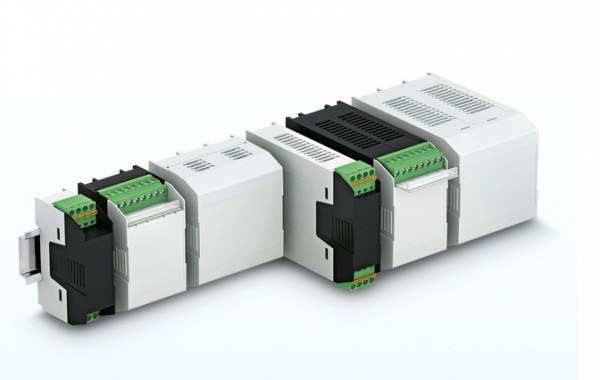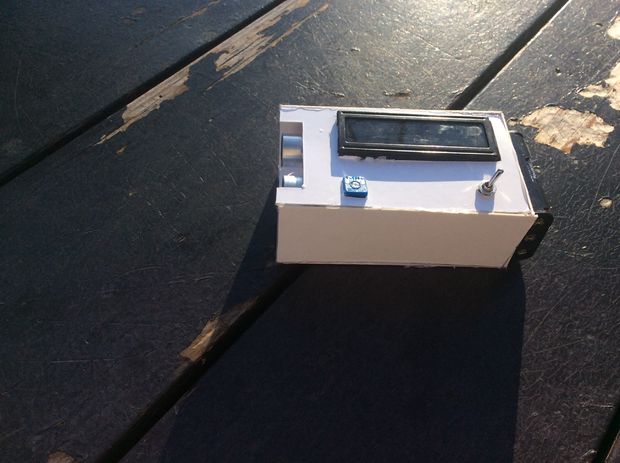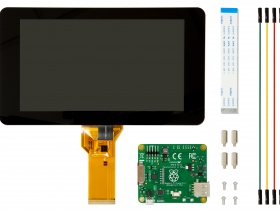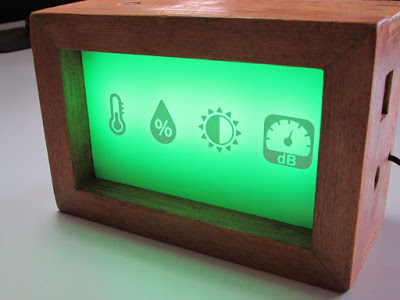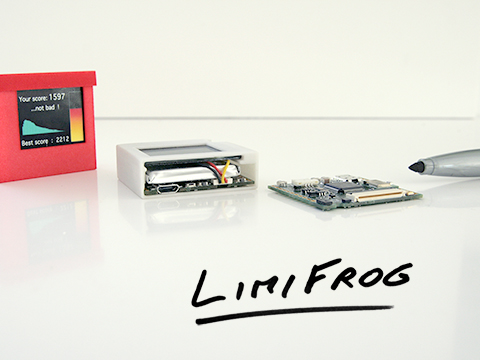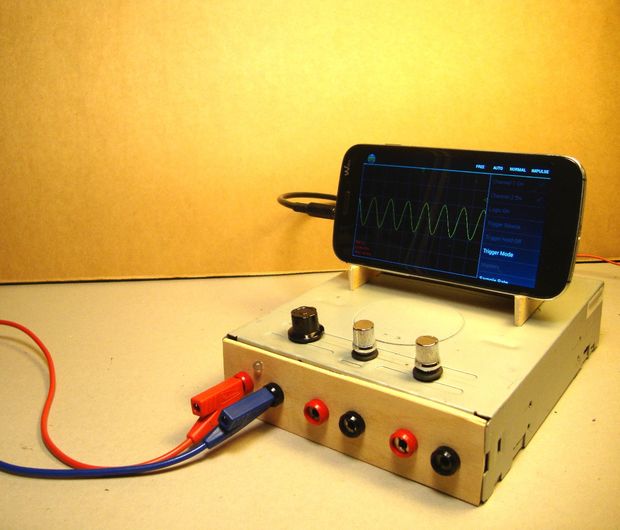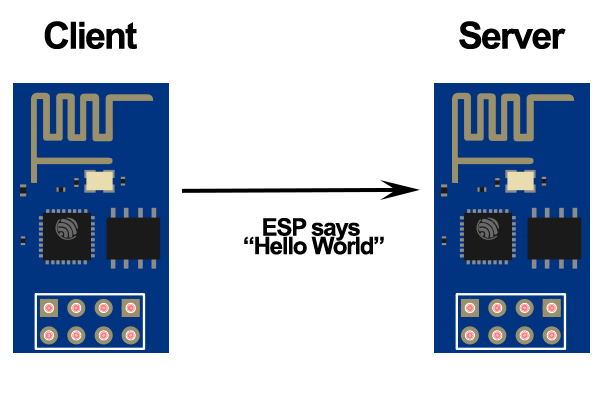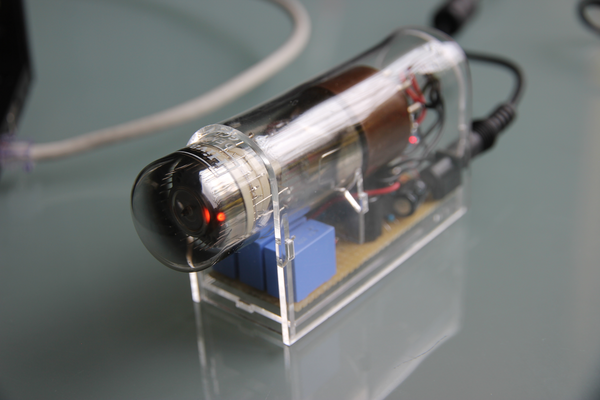If you´re searching for an enclosure with a high variability and for a reasonable price, then we can recommend you the EH basic series enclosures.
Searching for a compromise between the quality (materials, design,…) and production costs is a theme at development of every device and naturally – also at development of components. Also from this reason on the market can be found enclosures with a various wall thickness, with various temperature resistance, etc. and so everyone can choose according to requirements of a designed/produced device. EH basic series from company Phoenix Contact addresses everyone who wants a quality enclosure for a reasonable price. We can say, that EH basic series is not designed for absolutely highest rigidity but for a reasonable compromise among strength and the price. However in every way, we don´t deal with a “paper-like” enclosure but with a solid enclosure suitable for a vast majority of applications with modular devices.
EH basic is designed in a way to reach a maximum user comfort and versatility, i.e. to have a possibility to choose optimum size and version.
Versatility is also supported for example by these facts:
- 2 mounting possibilities – on a DIN rail or on a wall
- available in 2 various heights (110,5/54mm)
- available in 7 various widths (22,5-90mm)
- parts of enclosure mating without use of tools
- 3 various cover versions (closed, 1-sided connection, 2-sided connection) in two colors
- integrated (recessed) field for marking (labels) on the side of enclosure
- over 100 combinations is possible
- PCB mounting is possible in all 3 ways
EH basic enclosures enable to use various connection technologies, including RJ45 and USB connectors, as illustrated at attached pictures. EH basic enclosures will soon be our standard stock item. Upon order, we´re able to supply you all versions.
Further details can be found in the Phoenix Contact electronic enclosures overview.

Phoenix EH basic is more than just a “basic” enclosure – [Link]



